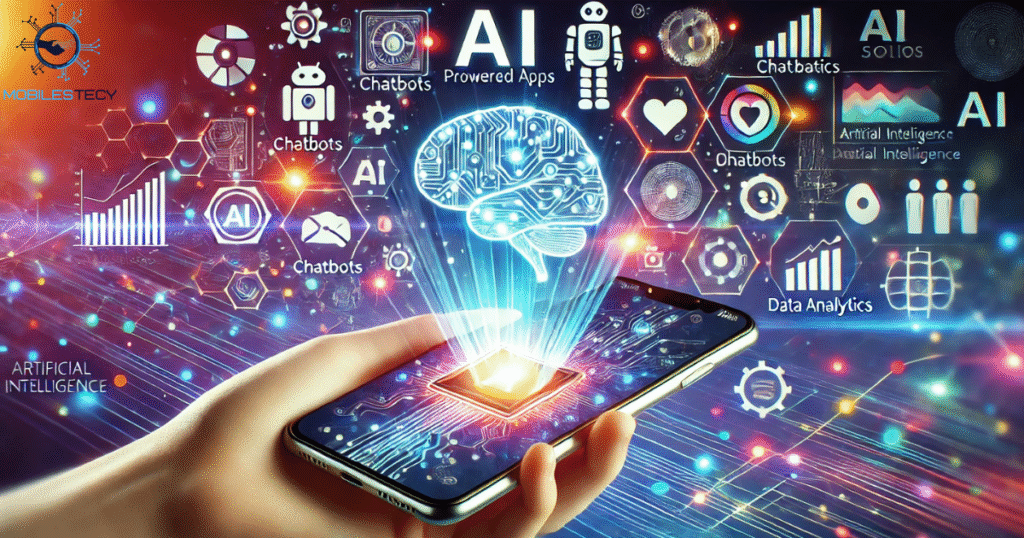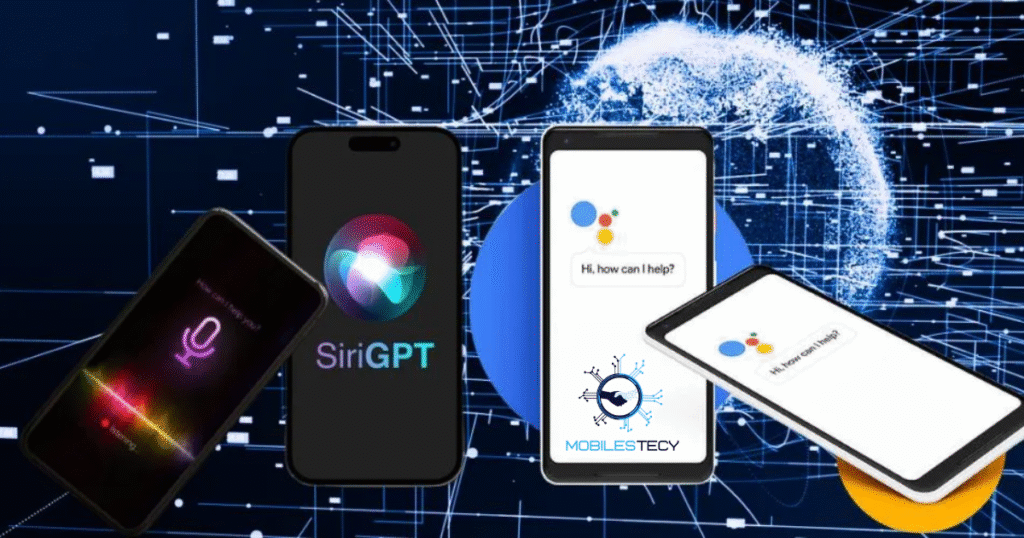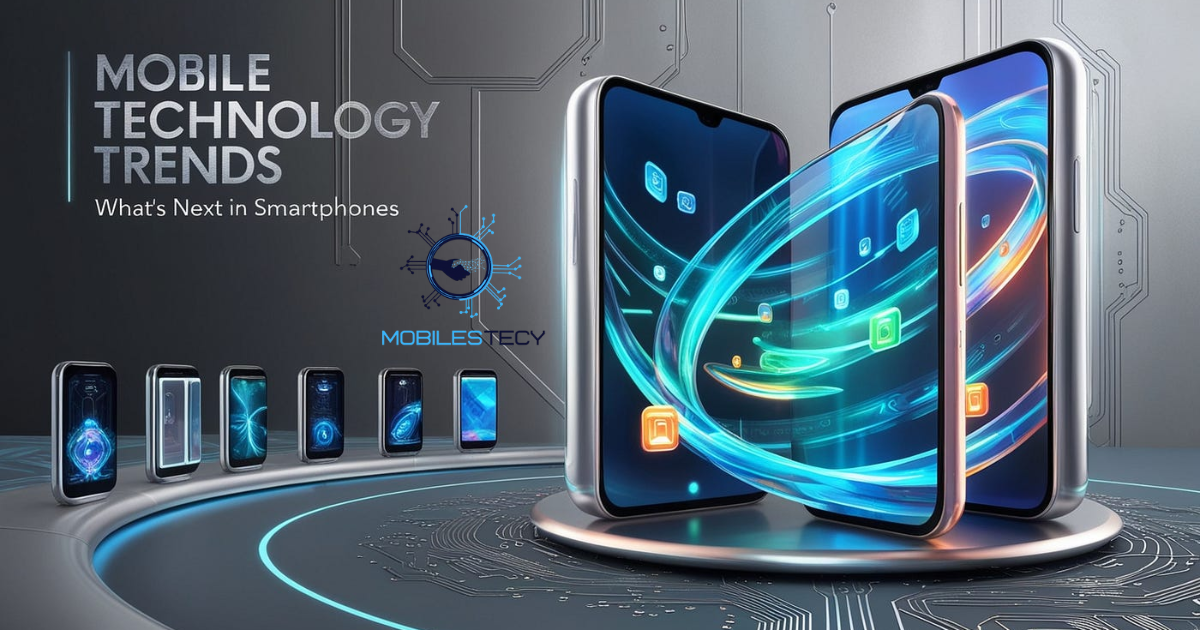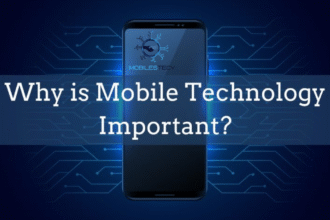Mobile technology is evolving faster than ever, reshaping how we live. Smartphones now combine advanced AI, flexible displays, and seamless connectivity options. These innovations enhance user experience and open new possibilities worldwide. From foldable devices to smarter assistants, mobile tech is more dynamic. This article explores the latest trends shaping mobile technology in 2025.
Artificial Intelligence integration is transforming mobile devices into intelligent personal assistants. Voice commands, predictive analytics, and personalized apps make phones smarter daily. Connectivity improvements like expanded 5G and satellite links boost global access. Flexible and foldable form factors redefine how we interact with devices. Together, these advancements create a rich, immersive mobile tech experience for users.
Sustainability and security have become critical concerns in mobile technology design. Eco-friendly materials and modular components reduce e-waste and improve longevity. Enhanced biometrics and quantum-resistant encryption protect sensitive user data securely. Immersive AR and wearable health devices blend technology with everyday life. These trends reveal a future where mobile tech is smarter, safer, and greener.
Table of Contents
AI-Powered Mobile Experiences

Artificial Intelligence is revolutionizing how mobile devices interact with users daily. Smartphones now predict needs and personalize content for enhanced user engagement. Virtual assistants powered by AI provide seamless, conversational interactions anytime, anywhere. These smart assistants analyze user behavior to improve efficiency and convenience. AI’s role in mobile tech continues to grow rapidly in 2025.
AI-driven apps manage device resources intelligently, optimizing battery life effectively. Personalized notifications and recommendations help users stay organized and productive. Health apps now use AI to track wellness and suggest improvements. Machine learning enhances photography, delivering better images under all lighting conditions. Overall, AI integration enriches mobile experiences across numerous applications.
With ongoing advancements, AI-powered security features are becoming more robust. Behavioral biometrics identify users based on unique interaction patterns securely. AI detects threats and phishing attempts proactively to protect data privacy. Quantum-resistant encryption methods paired with AI defend against future cyber risks. This combination ensures mobile devices remain safe and trustworthy platforms.
Innovative Form Factors
Foldable smartphones have transitioned from novelty items to mainstream consumer devices. New models feature durable, crease-less screens that enhance portability and usability. Flexible displays allow users to switch between phone and tablet modes easily. The rise of rollable screens promises even more adaptable device sizes soon. These advancements change how people interact with their mobile tech hardware.
Mid-range foldables are now more affordable, broadening accessibility to innovative designs. Brands compete to offer cutting-edge technology at competitive price points globally. Prototypes shown at recent tech events hint at future device possibilities. Gaming consoles with foldable screens blend entertainment and mobility seamlessly. Consumers eagerly await the next wave of flexible, multifunctional mobile gadgets.
Wearables are also evolving with flexible and foldable designs integrated smartly. Smart glasses and wrist devices complement phones by expanding AR and health features. Together, these devices form an interconnected ecosystem offering immersive and convenient experiences. Flexibility in design is reshaping the mobile landscape for many users. The future of form factors is adaptive, functional, and highly innovative.
The Rise of AI Assistants in Mobile Devices

AI assistants have become smarter, providing more natural and useful interactions daily. They analyze user habits and offer personalized suggestions that improve productivity. Voice recognition technology enables hands-free control for a safer user experience. These assistants are integrated deeply, making mobile devices more responsive and helpful.
Beyond basic tasks, AI-powered apps manage battery and storage efficiently now. Predictive analytics help anticipate user needs before requests are made. Health monitoring apps leverage AI to provide timely wellness advice and alerts. The integration of AI is making mobile devices indispensable personal assistants.
Connectivity and Next-Gen Networks
The expansion of 5G networks continues, reaching rural and underserved regions worldwide. Enhanced bandwidth and ultra-low latency empower faster data transmission and streaming. Satellite-to-device communication is emerging, enabling connectivity even in remote areas. Telecom providers are testing voice and video calls via satellite successfully. These developments ensure users stay connected regardless of location or obstacles.
Preparations for 6G technology are already underway in research and development labs. Early tests show potential for terabit speeds and near-zero latency communications. 5G-Advanced, or 5.5G, offers improvements that bridge the gap before 6G arrives. Network slicing and AI-driven traffic management optimize mobile connectivity and reliability. These innovations promise a more responsive and versatile mobile internet experience.
Global adoption of these technologies will transform industries, from healthcare to education. Real-time remote surgery and immersive virtual classrooms become practical through enhanced networks. Smart cities will rely on these connections to improve infrastructure and services. Autonomous vehicles and IoT devices benefit greatly from faster, more stable links. Connectivity advancements pave the way for a highly connected, efficient future.
Sustainability and Security in Mobile Tech

Sustainability is a key priority in mobile device manufacturing and lifecycle management. Brands increasingly use recycled materials and design modular phones for easy repair. Extended software support prolongs device usability, reducing electronic waste significantly. Consumers are more conscious of environmental impacts, demanding greener technology options. This trend is reshaping how companies approach mobile product design responsibly.
Security innovations focus on protecting user data with advanced biometrics and encryption. Vein pattern scanning and voice authentication offer additional layers of identity verification. Quantum-resistant encryption prepares devices against emerging threats from future computing power. Decentralized identity systems increase privacy by reducing dependence on centralized databases. These measures ensure mobile users enjoy safer, more trustworthy digital environments.
AI also plays a critical role in enhancing mobile security continuously and adaptively. Threat detection algorithms identify suspicious activity before damage can occur effectively. Blockchain technology is integrated to create tamper-proof transaction and communication records. User education remains essential to complement technological safeguards and reduce risks. Overall, mobile security evolves to meet growing challenges in an interconnected world.
Flexible Displays and Their Impact on User Experience
Flexible displays allow smartphones to transform between compact and large-screen modes. This innovation enhances portability without sacrificing screen real estate or usability. Foldable and rollable screens enable new multitasking possibilities and immersive media consumption.
Manufacturers continue improving durability, reducing creases, and enhancing screen responsiveness significantly. As prices drop, flexible phones become accessible to a wider consumer base. These displays encourage creative designs, merging the benefits of phones and tablets.
- AI-powered assistants deliver personalized experiences, predicting user needs efficiently.
- Foldable and rollable screens provide adaptable display sizes for versatile use.
- 5G expansion improves connectivity, enabling faster speeds in remote locations.
- Satellite communication offers seamless network access in off-grid environments globally.
- 6G research promises terabit speeds and ultra-low latency in future networks.
Faq’s
What are the latest trends in mobile AI technology?
AI powers smarter assistants, predictive apps, and enhanced device optimization features.
How do foldable phones improve mobile user experience?
Foldables offer flexible screens that switch between phone and tablet modes seamlessly.
What is the significance of 5G and satellite connectivity?
5G offers fast speeds; satellites ensure coverage in remote, off-grid areas.
How are sustainability efforts shaping mobile tech device design?
Manufacturers use recycled materials and modular designs to reduce e-waste effectively.
What security innovations protect mobile users today?
Advanced biometrics, quantum-resistant encryption, and AI threat detection enhance safety.
Conclusion
Mobile technology continues evolving rapidly, reshaping how people connect and interact daily. Innovations like AI, foldable screens, and 5G networks drive this dynamic transformation. These advancements improve convenience, accessibility, and security across various mobile applications. Users benefit from smarter devices that adapt intuitively to their lifestyles. The future of mobile tech promises even more groundbreaking possibilities soon.
Sustainability and security are becoming central themes in mobile device development. Eco-friendly materials and modular designs reduce waste and extend device longevity. Meanwhile, advanced encryption and biometric methods protect user data from evolving threats. Combining these priorities ensures responsible innovation that respects both people and the planet. Consumers increasingly expect brands to deliver on these critical commitments.
As connectivity improves with 5G and upcoming 6G networks, global access expands. Satellite integration bridges gaps in remote and underserved areas worldwide. Enhanced speeds and ultra-low latency support emerging technologies like AR and IoT. Mobile technology is becoming a powerful enabler of digital inclusion and progress. Embracing these trends will shape a smarter, safer, and more connected future.
Read more latest Articles on Mobilestecy.com








